Daybreaker Impact-Resistant Gloves
Redefining Hand Safety
In our hand protection offering, Daybreaker® impact gloves are specially engineered to reduce the possibility of hand injuries. These 360° performance-driven, heavy-duty gloves allow you to take on the most demanding environments. Moving safety forward, Liberty Safety is using the latest features to ensure your impact gloves provide the necessary hand protection against impact, cuts, abrasions, and other workplace hazards.
In our hand protection offering, Daybreaker® impact gloves are specially engineered to reduce the possibility of hand injuries. These 360° performance-driven, heavy-duty gloves allow you to take on the most demanding environments.
Moving safety forward, Liberty Safety is using the latest features to ensure your impact gloves provide the necessary hand protection against impact, cuts, abrasions, and other workplace hazards.
Showing all 14 results
-
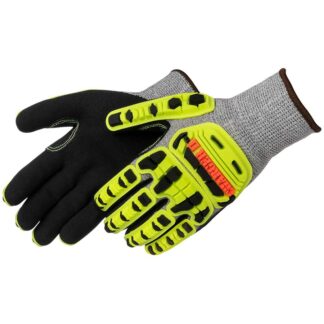 0943
0943Charger II®
ANSI A6 HI VIS IMPACT RESISTANT GLOVES
-
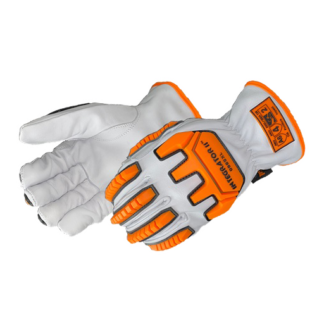 0965
0965Integrator II™
ANSI A6 Impact Gloves
-
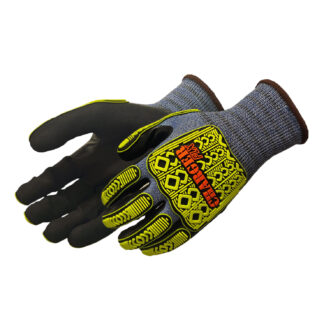 F4953
F4953Charger FLX™
Black Sandy Foam Nitrile Coated Impact Resistant Gloves
-
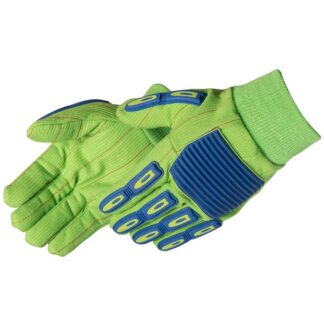 G4518TPR
G4518TPRGreen Cotton Cord Impact Resistant Gloves
-
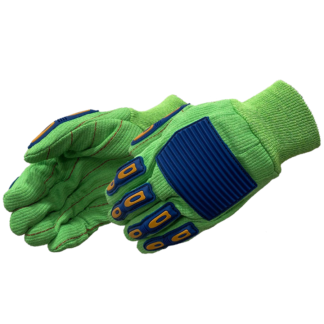 G4518QTPR
G4518QTPRGreen Cotton Cord Impact Resistant Gloves
-
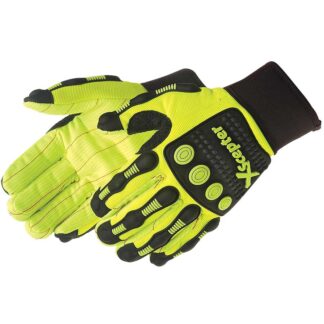 0928
0928Xscepter®
HI VIS BRIGHT GREEN IMPACT RESISTANT GLOVES
-
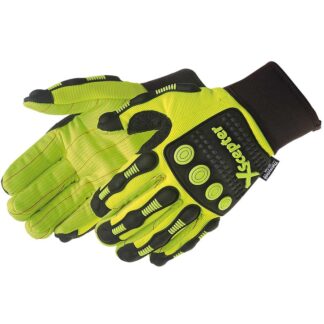 0958
0958Xscepter®
HI VIS COTTON CORD IMPACT RESISTANT GLOVES
-
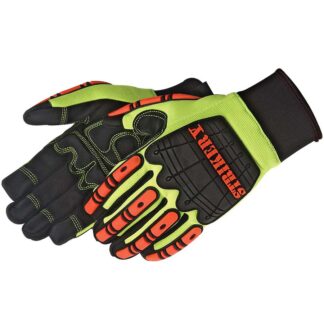 0920
0920Striker V™
HI VIS GREEN NYLON IMPACT RESISTANT GLOVES
-
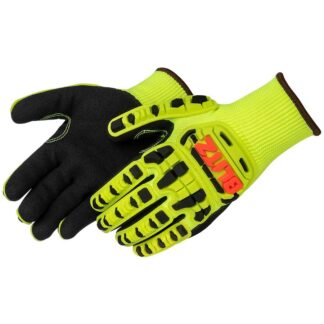 0940
0940Blitz™
HI VIS GREEN POLYESTER SHELL IMPACT RESISTANT GLOVES
-
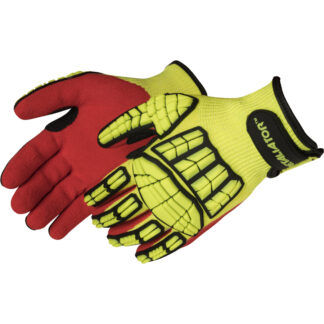 0929
0929Retaliator™
HI VIS GREEN YARN SHELL IMPACT RESISTANT GLOVES
-
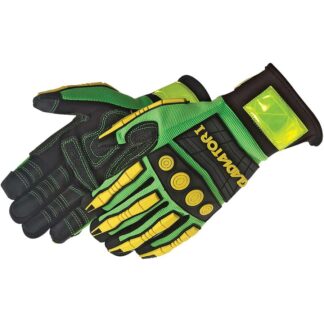 0922
0922Gladiator I™
HI VIS GREEN/YELLOW NYLON IMPACT RESISTANT GLOVES
-
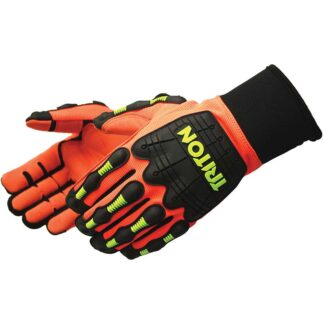 0923
0923Triton™
HI VIS ORANGE NYLON IMPACT RESISTANT GLOVES
-
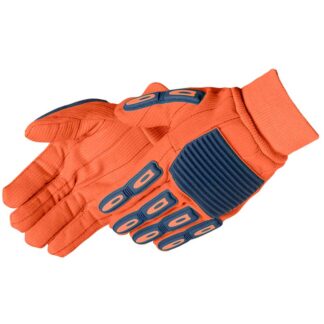 F4518TPR
F4518TPRORANGE COTTON CORD IMPACT RESISTANT GLOVES
-
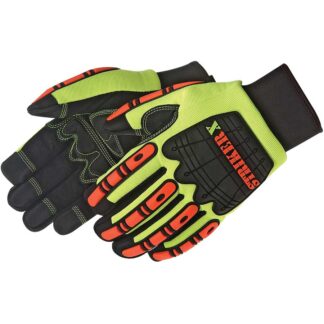 0950
0950Striker X™
SYNTHETIC LEATHER IMPACT RESISTANT GLOVES
FAQ
Yes, Daybreaker® impact gloves are specifically designed for heavy-duty work environments, providing excellent protection against impact and other hazards.
Daybreaker® impact gloves are beneficial for various industries, including construction, manufacturing, oil and gas, automotive, and warehousing.
Absolutely, Daybreaker® impact gloves are designed with an emphasis on grip, allowing for secure handling of tools and equipment even in challenging conditions.
Yes, some Daybreaker® impact gloves offer a certain level of cut resistance to protect against sharp objects and materials. To ensure that your gloves meet your safety needs, check the product’s spec sheet for its ANSI rating.
Showing all 14 results
